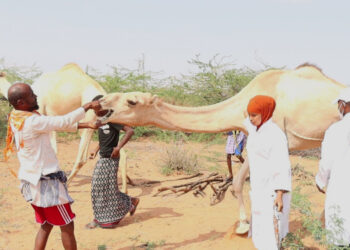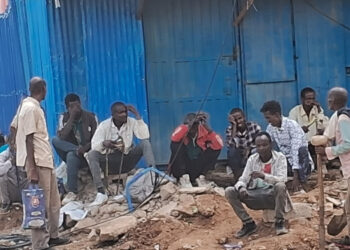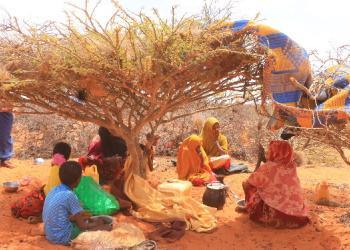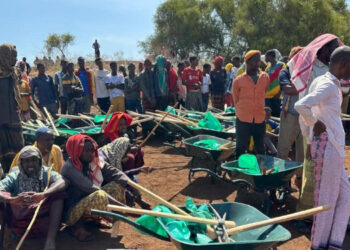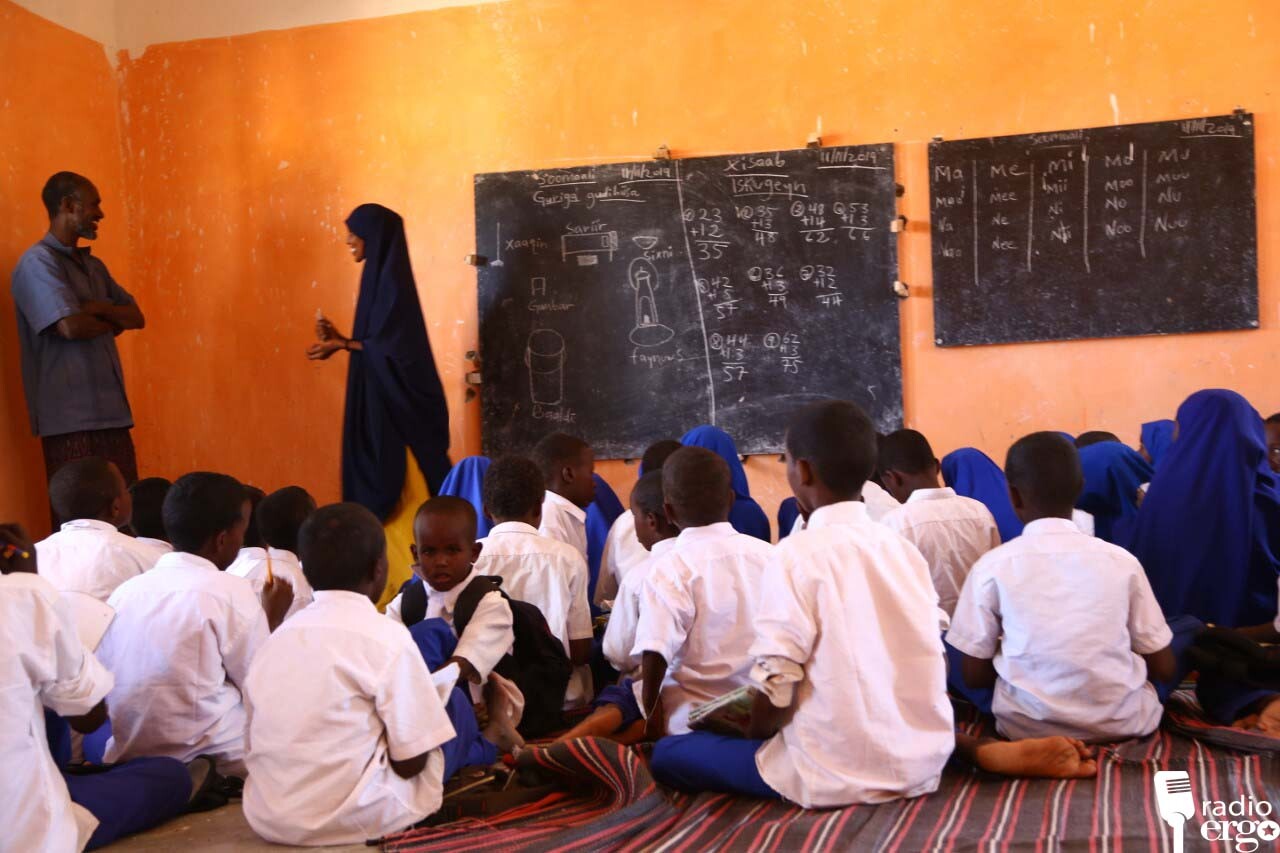(ERGO) – The last time pastoralist Issa Abdirahman Abdi fed his remaining herd of 130 goats was in October, when a relative in Lasanod town 100 kilometres away from his drought-hit village sent him a bag of maize to help him out.
The maize did not last long and since the start of December, 10 of his goats have died of hunger. There is no grass or vegetation for them to feed on in Bilal village and he can no longer afford the exorbitant prices being charged for maize across the northern Somali region of Sool since October.
“When the prices were low, we were able to afford maize. But now, no one can afford it, you can’t even get it on credit. The animals are starved, they have become weak,” he said.
Prices of maize have trebled from between $8-$10 per 50 kg bag to $27-$30. The huge price hike followed the increase in demand by pastoralists buying maize for their livestock in the absence of other fodder. Maize sold in Sool region is imported from Ethiopia.
“Maize has many benefits for the animals just like the trees. It relieves the animal of hunger and fattens them. The milking animals produce more milk when they feed on maize,” Issa said.
He was able to sell three goats in September to raise some cash, but the rest of the animals have no market value now and so he has no money. He has been buying water for the family on credit and has accumulated debts of $180.
Isaa migrated with his family of seven to Bulal from the rural area of Tukarak when Bulal received some rainfall in September. However, the resources of water and pasture were quickly depleted by all the pastoralists from surrounding villages who flocked there with their animals.
The families with some means moved away again looking for resources elsewhere. But Issa is among those who are unable to move because their livestock are too weak and sick, and they lack cash.
Another pastoralist, Idle Mohamed Warsam, has lost 100 goats since November. They died of hunger because he could no longer afford to buy maize, having fed them for three months until the prices rose.
“We used to buy two to three bags of maize after selling a goat for $30. I last sold two goats in October for $60 and that was the last time I bought them maize. I can’t afford to buy maize now,” he said.
Idle says his 100 goats would not have died if he had been able to feed them with maize. He fears losing his remaining 200 goats, as half of them are too weak even to stand up.
Mohamoud Mohamed Adan, who has 160 goats, said the price hike in maize has greatly affected all the livestock in Bulal. During the 2016-17 drought, he managed to keep going by feeding his goats maize even though prices went as high as $20 a bag, but he is finding prices unaffordable now.
He has incurred debts of $250 buying water from commercial tankers for his animals and does not know how he will be able to repay if the drought continues.


